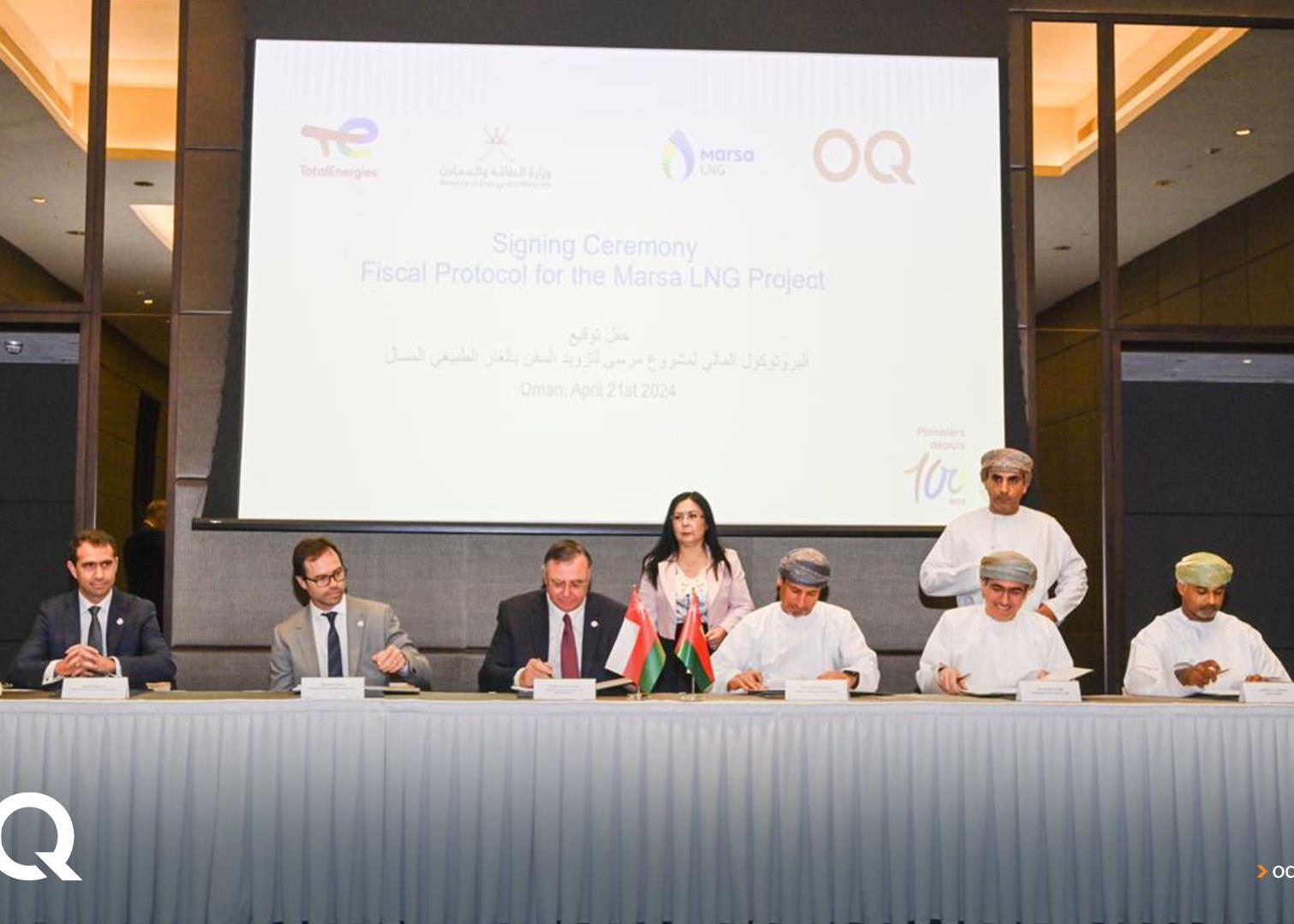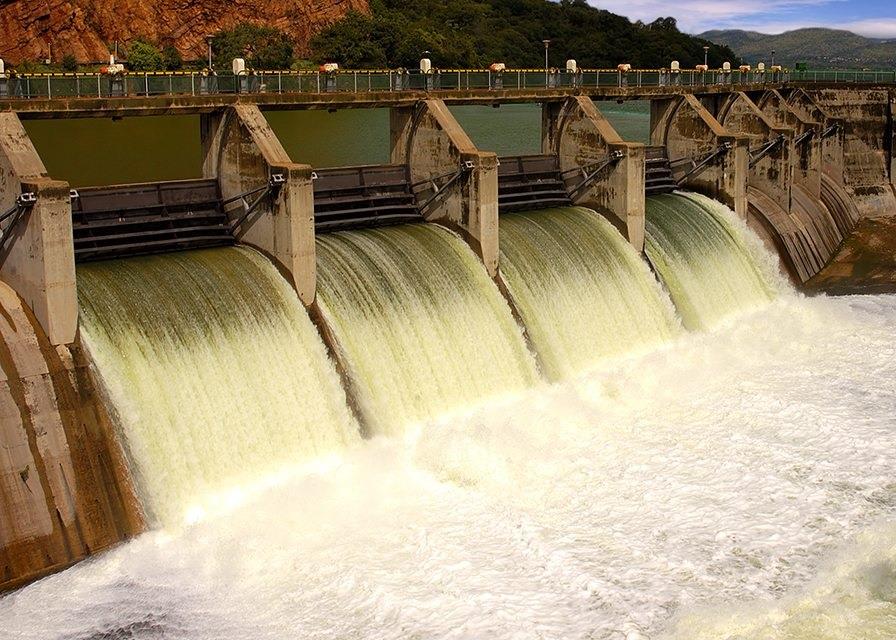
French major was working on studies before partners decided to move the project
Paris-based Technip is working on new designs for the cracker unit, which will form the centre of a $15bn petrochemicals complex being planned by the US’ Dow Chemical and Saudi Aramco, following the relocation of the project from Ras Tanura to Jubail.
Under the original plan for the project, Technip was designing a dual-use cracker, which could process both liquid naphtha and the gas ethane, or two crackers to process the chemicals individually. Since the change of location, Dow and Aramco have been reviewing the scope of the project, and are likely to announce their decision to build a single cracker, which is capable of processing the natural gas butane, along with limited amounts of ethane and naphtha, sources close to the scheme say.
| Gulf ethylene production* | ||
|---|---|---|
| Addition (t/y) | Total added (t/y) | |
| Q3 2008 | 1,700 | 1,700 |
| Q4 2008 | 2,250 | 3,950 |
| Q1 2009 | 1,300 | 5,250 |
| Q2 2009 | 3,550 | 8,800 |
| Q32009 | 0 | 8,800 |
| Q4 2009 | 2,650 | 11,450 |
| Q1 2010 | 3,200 | 14,650 |
| *t/y=tonnes a year | ||
| Source: MEED | ||
Engineering sources, consultants and executives with close ties to Aramco say that the move would make sense. It would overcome the shortage of ethane, which is currently plaguing the kingdom while avoiding the cost issues related to producing petrochemicals from naphtha.
Aramco sells ethane to petrochemicals producers in the kingdom at the lowest price in the world, around $0.75 a million British thermal units. In the past this has offered huge advantages over foreign producers, who pay four or more times this amount for their ethane.
However, Aramco has not awarded a new ethane allocation since 2006, when the local Sipchem was the beneficiary. Further, while cheap ethane offers superior production margins it only allows for the production of ethylene, primarily used to make the basic plastic polyethylene.
When the project was still based at Ras Tanura, Naphtha, a product of oil refining, was set to be the main feedstock for the complex. That would allow the partners to produce a wide range of petrochemicals, while the price-competitive gas ethane was going to be cracked to produce ethylene, a building block for basic plastics, largely to boost margins.
Dow, Aramco and Technip each declined to comment on the likely scope of the new facility, or Technip’s role in designing it.
Analysts say the new scope of the Jubail project would fit perfectly with Dow chief executive Andy Liveris’ assertion that the plant will be “tilted” towards the production of specialist chemicals including propylene oxide, epichlorohydrin and acrylic acid in a July conference call with analysts.
“From a feedstock pricing point of view, of course, butane is not an advantaged feed in the way that ethane is in the Kingdom,” says one consultant who works closely with Aramco. “So it doesn’t appear that the complex will have the traditional cost advantage of the ethane-fed crackers at Jubail.”
Locking in any feedstock at a 30 per cent discount for the life of a major new facility would be a boon to any producer, says a senior executive at an international oil company (IOC). “At this point in time, that would look like a no-brainer,” he says.
You might also like...

Ajban financial close expected by third quarter
23 April 2024

TotalEnergies awards Marsa LNG contracts
23 April 2024

Neom tenders Oxagon health centre contract
23 April 2024

Neom hydro project moves to prequalification
23 April 2024
A MEED Subscription...
Subscribe or upgrade your current MEED.com package to support your strategic planning with the MENA region’s best source of business information. Proceed to our online shop below to find out more about the features in each package.




